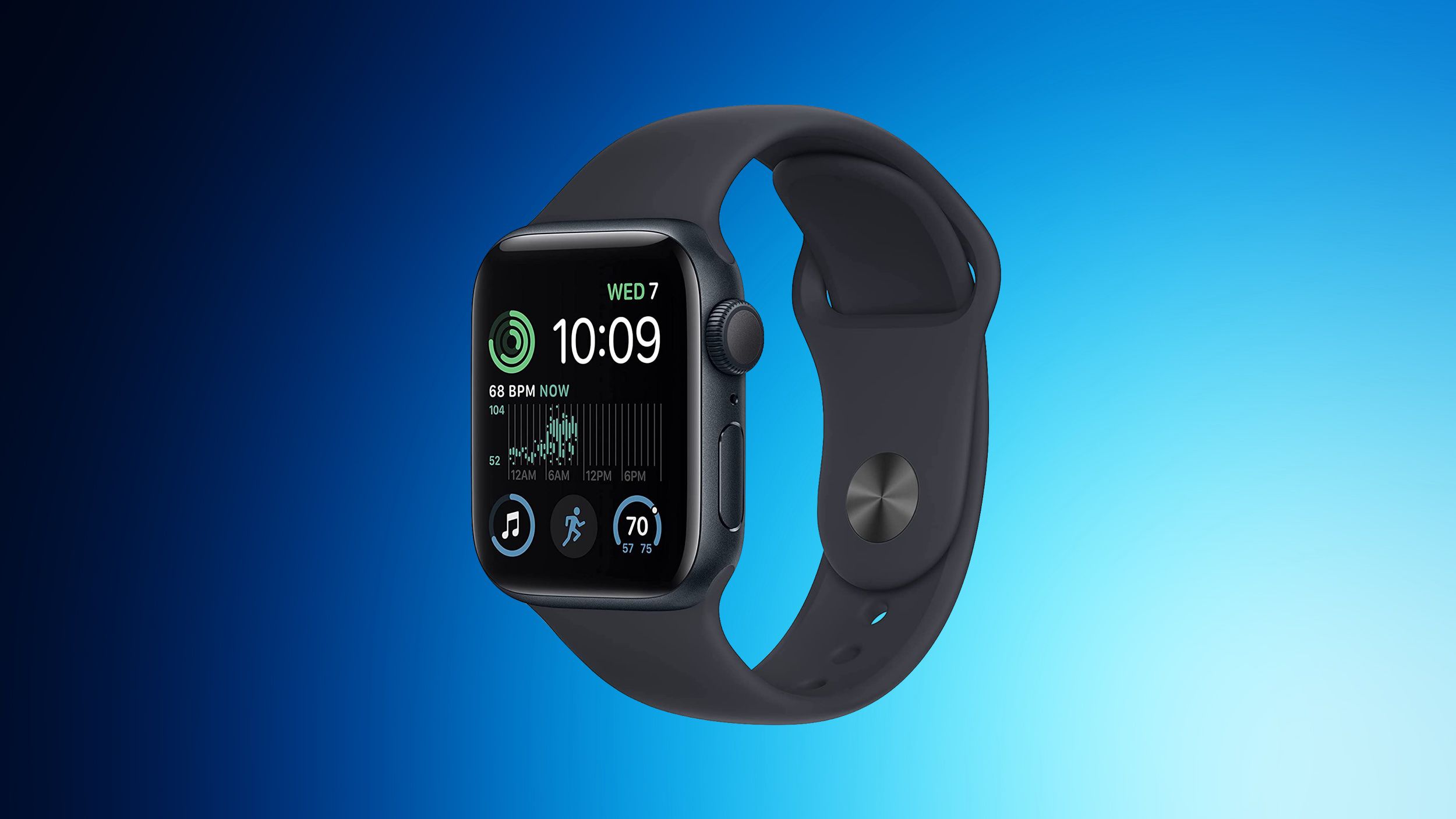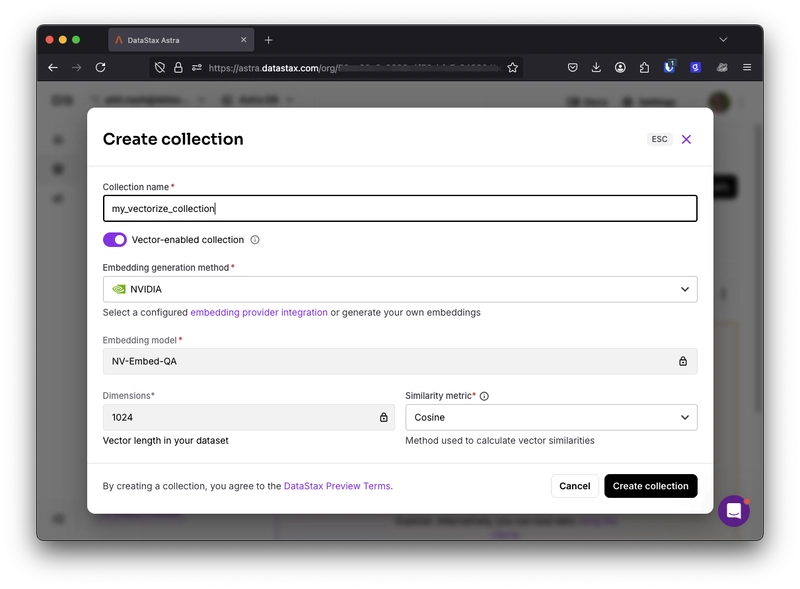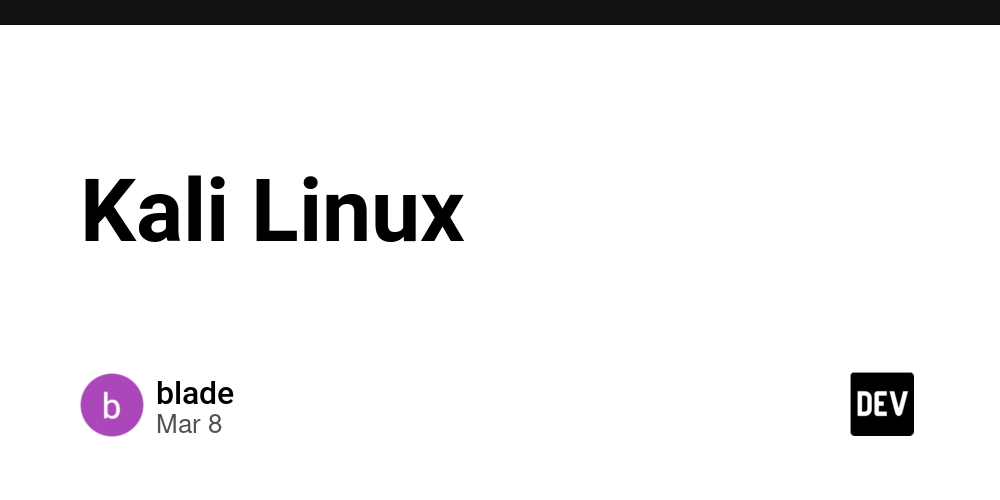Seeing Cloud Differently: My Experience with the AWS Well-Architected Framework
Introduction A few days ago, I took a class on the AWS Well-Architected Framework, and let me just say—it was one of the most insightful sessions I’ve had in my cloud journey so far. And it wasn’t just a theory-heavy lecture. We role-played real-world scenarios, walked through the pillars, and answered tough architecture questions in real time. As someone learning to become a Cloud Solutions Architect, I often get stuck asking: “Am I building this the right way?” “What am I missing?” “How do I know this solution will scale, stay secure, or not break the bank?” Turns out, AWS asked those exact questions—and built an entire framework to help answer them. Let’s talk about what it is, why it matters, and why I’ve grown to love it. What is the AWS Well-Architected Framework? The Well-Architected Framework (WAF) is a set of guiding principles and best practices that help architects build secure, high-performing, resilient, and efficient infrastructure in the cloud. It’s structured around six pillars that each represent a core area of cloud architecture: Operational Excellence – Run and monitor systems to deliver business value and continuously improve processes. Security– Protect information and systems. Reliability – Recover quickly from failure and meet customer demands. Performance Efficiency – Use computing resources efficiently. Cost Optimization – Avoid unnecessary costs. Sustainability (the newest addition)– Minimize environmental impact (newest pillar). You evaluate your workloads against these pillars through Well-Architected Reviews—structured assessments that point out weaknesses and suggest improvements. Why It Matters in the Real World Here’s what really stood out to me: this isn’t just a checklist—it’s a mindset. Instead of designing reactively or building systems that only work for "today," the Well-Architected Framework forces you to think long-term. It encourages questions like: How will this app behave under load? What happens if a server fails? Are we logging enough to troubleshoot later? Are we paying for unused capacity? You start to think like an architect, not just a builder. Let me explain this with a real-world vibe: Imagine your team just launched a big application on AWS. Everything works. Cool. But a month later: You get hit with a $5,000 AWS bill A security group was accidentally left open to the world An EC2 instance crashes, and the app goes offline for hours. That’s when you realize: “We built it. But we didn’t build it well.” The Well-Architected Framework is AWS’s way of saying: “We’ve seen thousands of architectures. Here’s how to avoid common pitfalls.” Real-Life Use Cases We Explored During our class role-play, we applied the WAF to various systems, including: A university admission portal — What if students flood the system after results are released? A healthcare platform — How do you secure patient data while maintaining uptime? A government job portal — How can we build for unpredictable traffic surges without overspending? Each of these systems benefited from different pillars of the framework: Meet the 6 Pillars (Quick Look) Let’s quickly break down what each pillar is really about—and how I relate to it as a learner: 1. Operational Excellence Focuses on running and monitoring systems, and continually improving. Real-world: Set up CloudWatch to monitor app health. Automate failover and patching. 2. Security Protect data, systems, and assets. Think least privilege and encryption everywhere. Real-world: Limit IAM permissions, encrypt S3 buckets, enable GuardDuty. 3. Reliability Make sure systems can recover from failure and scale to meet demand. Real-world: Use Auto Scaling Groups, multi-AZ deployments, RDS backups. 4. Performance Efficiency Use the right resources for the job and adapt to change. Real-world: Move from t2.micro to Graviton2 instances or Lambda where possible. 5. Cost Optimization Avoid unnecessary spending and understand where your money goes. Real-world: Use Trusted Advisor, delete unused volumes, set up budgets, and alerts. 6. Sustainability Reduce environmental impact by using efficient resources and scaling wisely. Real-world: Choose managed services and autoscaling to reduce energy waste. Why I Love This Framework as a Solution-Driven Person What made me truly connect with the WAF is how solution-oriented it is. It doesn't just say, “Here's how you build something.” It asks, “What problem are you solving, and how can we solve it better?” That resonates with me. I’m someone who enjoys identifying pain points and designing clean, scalable, practical solutions. This framework gave me a structured lens to evaluate not just cloud architecture, but any tech solution. In real consulting roles, AWS Solutions Architects run Well-Architected Reviews for clients. They: Ask questions about the framework Identify “high-risk” areas Recommend changes (sometimes tied to AWS credits for remediation!) So even as a
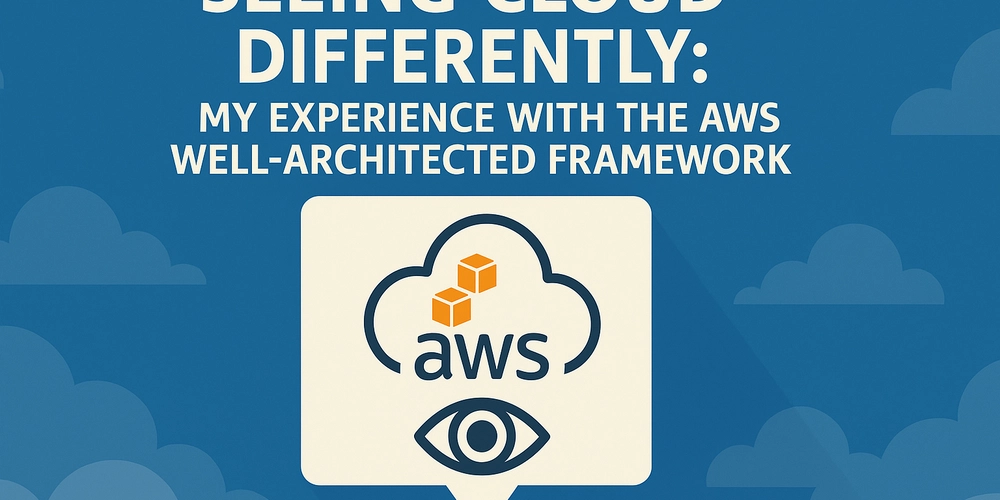
Introduction
A few days ago, I took a class on the AWS Well-Architected Framework, and let me just say—it was one of the most insightful sessions I’ve had in my cloud journey so far. And it wasn’t just a theory-heavy lecture. We role-played real-world scenarios, walked through the pillars, and answered tough architecture questions in real time.
As someone learning to become a Cloud Solutions Architect, I often get stuck asking:
- “Am I building this the right way?”
- “What am I missing?”
- “How do I know this solution will scale, stay secure, or not break the bank?”
Turns out, AWS asked those exact questions—and built an entire framework to help answer them. Let’s talk about what it is, why it matters, and why I’ve grown to love it.
What is the AWS Well-Architected Framework?
The Well-Architected Framework (WAF) is a set of guiding principles and best practices that help architects build secure, high-performing, resilient, and efficient infrastructure in the cloud.
It’s structured around six pillars that each represent a core area of cloud architecture:
- Operational Excellence – Run and monitor systems to deliver business value and continuously improve processes.
- Security– Protect information and systems.
- Reliability – Recover quickly from failure and meet customer demands.
- Performance Efficiency – Use computing resources efficiently.
- Cost Optimization – Avoid unnecessary costs.
- Sustainability (the newest addition)– Minimize environmental impact (newest pillar).
You evaluate your workloads against these pillars through Well-Architected Reviews—structured assessments that point out weaknesses and suggest improvements.
Why It Matters in the Real World
Here’s what really stood out to me: this isn’t just a checklist—it’s a mindset.
Instead of designing reactively or building systems that only work for "today," the Well-Architected Framework forces you to think long-term.
It encourages questions like:
- How will this app behave under load?
- What happens if a server fails?
- Are we logging enough to troubleshoot later?
- Are we paying for unused capacity? You start to think like an architect, not just a builder.
Let me explain this with a real-world vibe:
Imagine your team just launched a big application on AWS. Everything works. Cool.
But a month later:
- You get hit with a $5,000 AWS bill
- A security group was accidentally left open to the world
- An EC2 instance crashes, and the app goes offline for hours.
That’s when you realize: “We built it. But we didn’t build it well.”
The Well-Architected Framework is AWS’s way of saying:
“We’ve seen thousands of architectures. Here’s how to avoid common pitfalls.”
Real-Life Use Cases We Explored
During our class role-play, we applied the WAF to various systems, including:
- A university admission portal — What if students flood the system after results are released?
- A healthcare platform — How do you secure patient data while maintaining uptime?
- A government job portal — How can we build for unpredictable traffic surges without overspending?
Each of these systems benefited from different pillars of the framework:
Meet the 6 Pillars (Quick Look)
Let’s quickly break down what each pillar is really about—and how I relate to it as a learner:
1. Operational Excellence
Focuses on running and monitoring systems, and continually improving.
Real-world: Set up CloudWatch to monitor app health. Automate failover and patching.
2. Security
Protect data, systems, and assets. Think least privilege and encryption everywhere.
Real-world: Limit IAM permissions, encrypt S3 buckets, enable GuardDuty.
3. Reliability
Make sure systems can recover from failure and scale to meet demand.
Real-world: Use Auto Scaling Groups, multi-AZ deployments, RDS backups.
4. Performance Efficiency
Use the right resources for the job and adapt to change.
Real-world: Move from t2.micro to Graviton2 instances or Lambda where possible.
5. Cost Optimization
Avoid unnecessary spending and understand where your money goes.
Real-world: Use Trusted Advisor, delete unused volumes, set up budgets, and alerts.
6. Sustainability
Reduce environmental impact by using efficient resources and scaling wisely.
Real-world: Choose managed services and autoscaling to reduce energy waste.
Why I Love This Framework as a Solution-Driven Person
What made me truly connect with the WAF is how solution-oriented it is.
It doesn't just say, “Here's how you build something.”
It asks, “What problem are you solving, and how can we solve it better?”
That resonates with me. I’m someone who enjoys identifying pain points and designing clean, scalable, practical solutions. This framework gave me a structured lens to evaluate not just cloud architecture, but any tech solution.
In real consulting roles, AWS Solutions Architects run Well-Architected Reviews for clients. They:
- Ask questions about the framework
- Identify “high-risk” areas
- Recommend changes (sometimes tied to AWS credits for remediation!) So even as a learner, understanding these pillars helps me think architecturally and ask better questions before I build.
What I Took From the Class
- It’s not about perfection—just continuous improvement.
- There are tools (like the Well-Architected Tool in AWS) that walk you through reviews.
- Real-life architecture isn’t about knowing all the services— It’s about asking the right questions.
Best Ways to Use the AWS Well-Architected Framework
- Design Reviews: Use it as a checklist before launching a new system.
- Improvement Plans: Apply it to existing architectures to identify gaps.
- Decision-Making Tool: Compare trade-offs when designing for performance vs. cost vs. security.
- Team Alignment: Use the pillars to ensure everyone’s on the same page—DevOps, security, product, and business.
Conclusion
In 2025 and beyond, building “working” systems isn’t enough. We need scalable, secure, resilient, and cost-effective solutions. The AWS Well-Architected Framework isn’t just for AWS-specific projects—it’s a philosophy that applies to every cloud decision we make.
If you’re learning to design cloud solutions like I am, the Well-Architected Framework is like having AWS whisper best practices in your ear. It doesn’t just make you a better builder—it helps you think like an architect.
Because cloud isn’t just about spinning up servers.
It’s about solving problems—the right way.
What’s Next?
In Part 2, we’ll dig into the Operational Excellence pillar:
- What it looks like in real cloud environments
- Key services (CloudWatch, Config, Systems Manager)
- Hands-on tips to improve observability and automation











































































































































































![[The AI Show Episode 144]: ChatGPT’s New Memory, Shopify CEO’s Leaked “AI First” Memo, Google Cloud Next Releases, o3 and o4-mini Coming Soon & Llama 4’s Rocky Launch](https://www.marketingaiinstitute.com/hubfs/ep%20144%20cover.png)

















































































































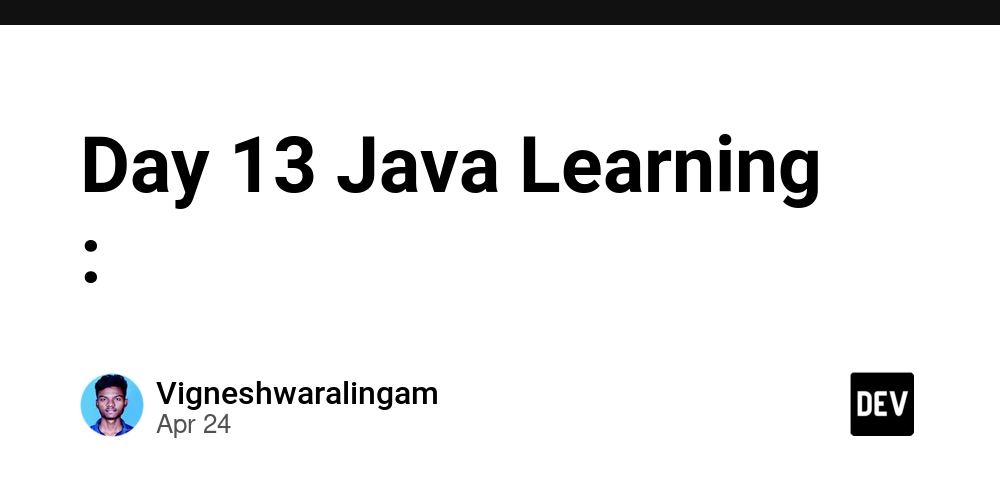











![[DEALS] Sterling Stock Picker: Lifetime Subscription (85% off) & Other Deals Up To 98% Off – Offers End Soon!](https://www.javacodegeeks.com/wp-content/uploads/2012/12/jcg-logo.jpg)
















































































































































_Olekcii_Mach_Alamy.jpg?width=1280&auto=webp&quality=80&disable=upscale#)

























































































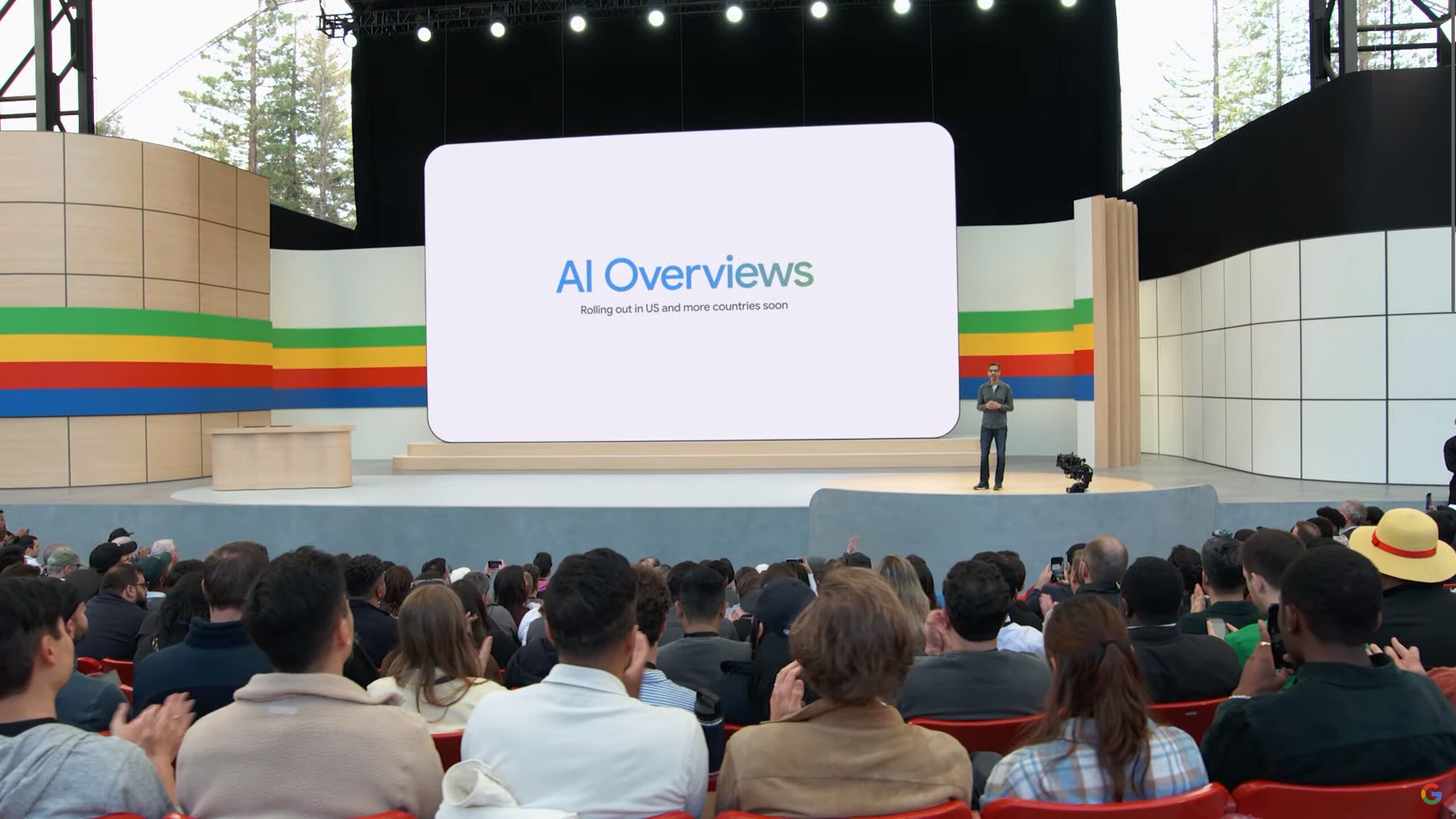






















![Dummy Models Showcase 'Unbelievably' Thin iPhone 17 Air Design [Images]](https://www.iclarified.com/images/news/97114/97114/97114-640.jpg)

![M4 MacBook Air Drops to New All-Time Low of $912 [Deal]](https://www.iclarified.com/images/news/97108/97108/97108-640.jpg)












































